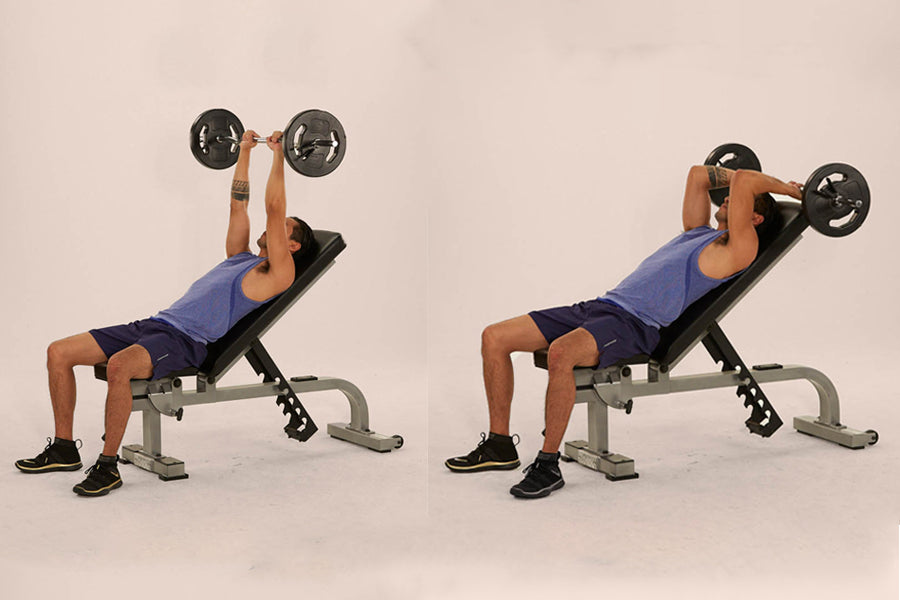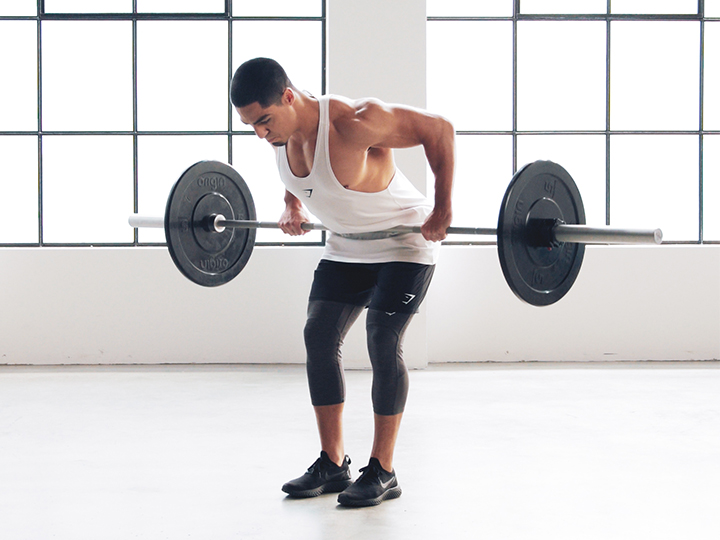Ab crunches are significant exercises for core strength, but mastering them requires attention to detail. These exercises target your abdominal muscles and are top-notch moves for core development. If you’re looking to enhance your performance in ab crunches, read on.

Executing ab crunches isn’t solely about lifting heavy weights; it’s about executing the movements safely and effectively. Similar to other exercises, proper form is crucial in ab crunches to prevent injury and maximize gains. Begin by ensuring your core is engaged and your body is properly positioned on the ground or a mat before initiating the crunches. This helps stabilize your body and maintain control throughout the movement. Additionally, keep your feet flat on the ground, hip-width apart. Push through your heels during the crunches to maintain stability and engage your core muscles.
During the crunches, start by contracting your abdominal muscles while lifting your shoulders and upper back off the ground. Aim to bring your chest towards your knees while maintaining proper posture. Avoid pulling on your neck or using momentum to minimize the risk of injury. Ab crunches can be physically demanding, potentially affecting the rest of your workout. A helpful tip is to consider using a cushion or mat under your lower back for added comfort and support.
Abs Exercises in Gym with Sets & Reps (youtube.com)
Below is a video from Buff Dudes a great resource for beginners to learn the correct form. I recommend watching this for better insight.
In summary, perfecting your ab crunches requires consistent practice. Focus on executing the movements correctly and incorporate these tips into your routine to gradually improve your performance over time.








